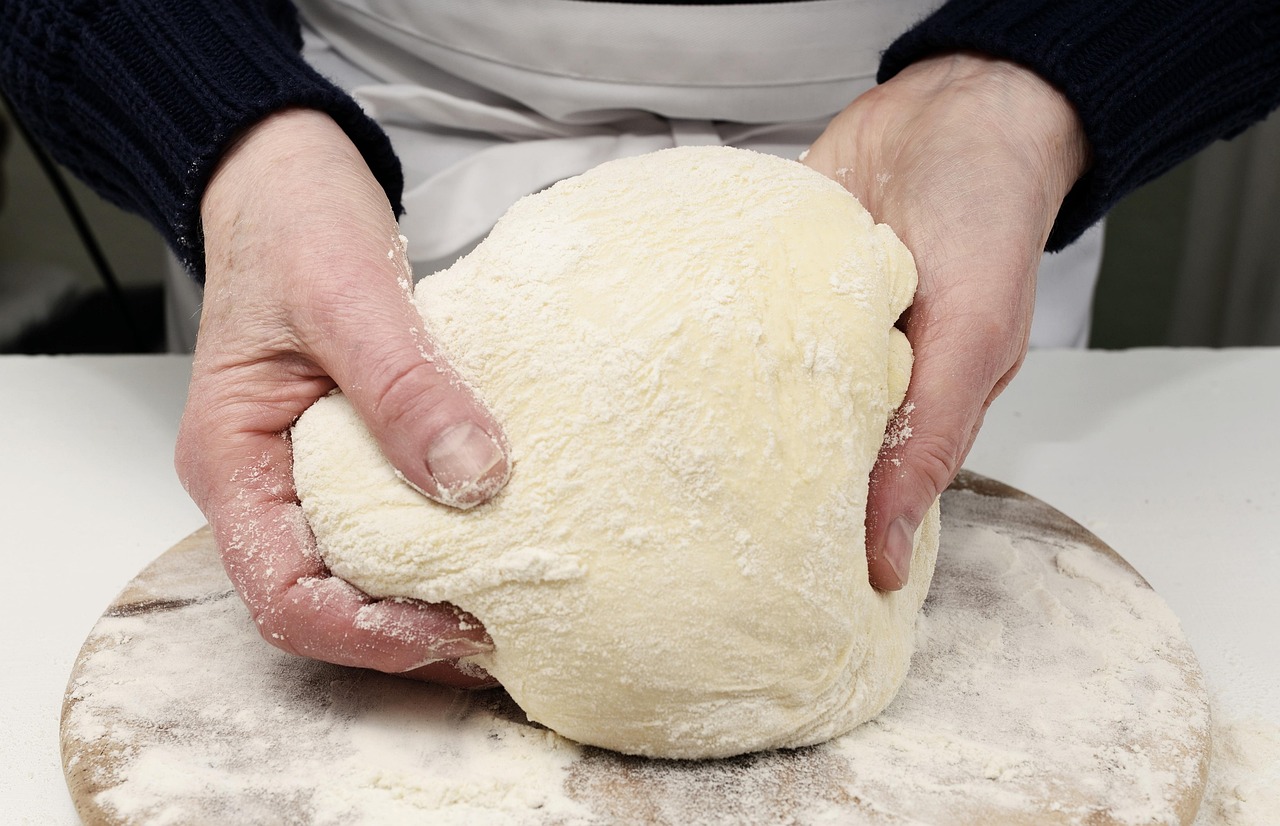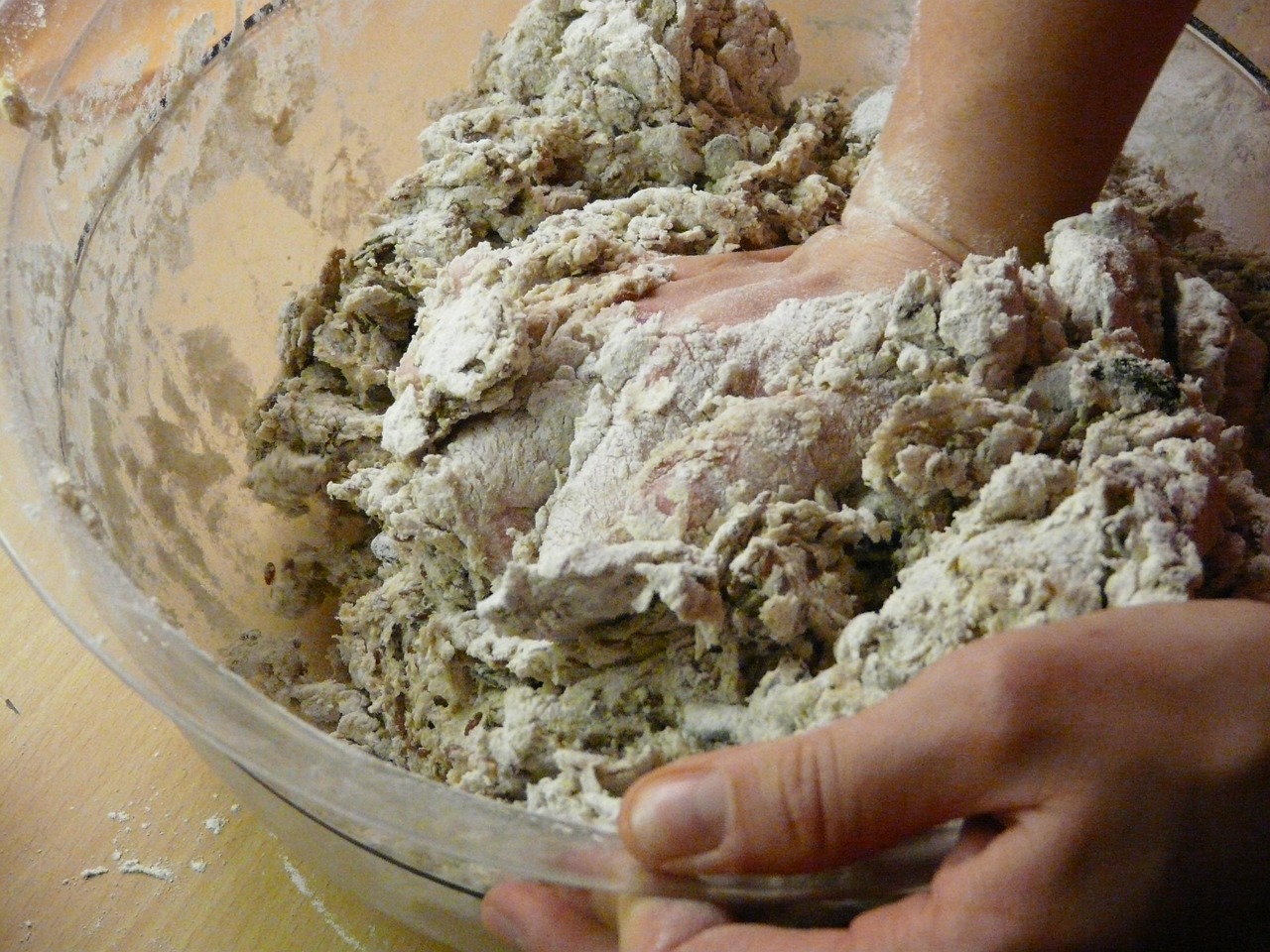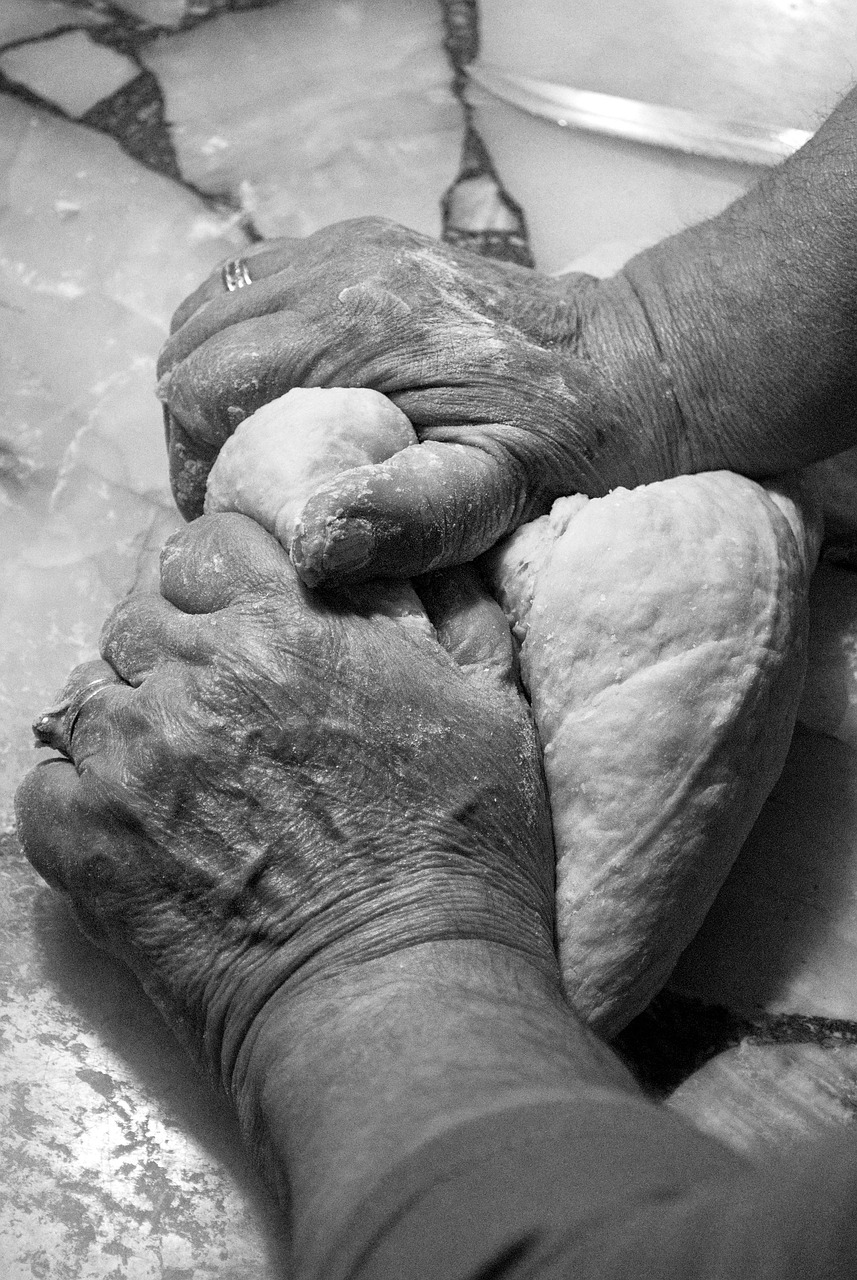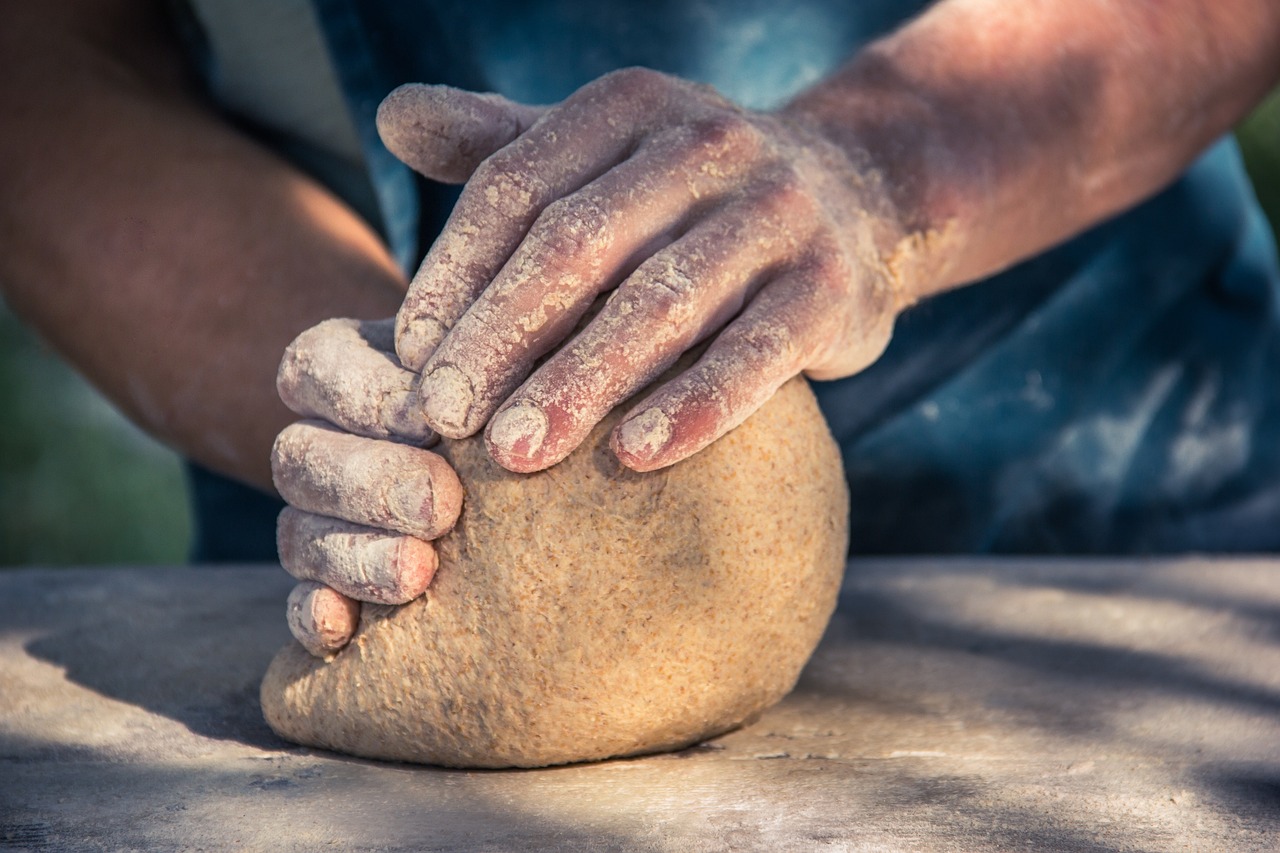Short Answer: Cats knead as a natural instinct rooted in their kittenhood, where they knead their mother's belly to stimulate milk flow. This behavior continues into adulthood, serving as a way to mark territory with scent glands in their paws. Kneading also provides comfort and relaxation, helping cats feel secure and content in their environment.
Cats exhibit a unique behavior known as kneading. This action involves rhythmically pushing their paws in and out against a soft surface. Understanding why cats knead reveals much about their instincts, emotions, and social behavior.
Throughout history, cats have been cherished companions to humans. Their playful antics and quirky habits, such as kneading, often leave us intrigued. Kneading is when cats push their paws alternately against a surface, mimicking the motion they used as kittens to stimulate their mother’s milk flow. While this behavior is commonly seen in young felines, many adult cats continue to knead into their later years. This raises questions about the reasons behind it and what it signifies in terms of cat behavior.

| Aspect | Details |
|---|---|
| Definition | Kneading is the rhythmic pushing of paws in and out against a soft surface. |
| Origin | This behavior originates from kittenhood, where it helps stimulate milk flow from the mother. |
| Common Surfaces | Cats typically knead on soft surfaces like blankets, cushions, or even their owner’s lap. |
| Associated Emotions | Kneading can indicate comfort, security, and contentment in cats. |
| Age Factor | Both kittens and adult cats can knead, but it is more common in those that feel relaxed. |
Understanding the Origins of Kneading
The act of kneading has deep roots in feline behavior. Kittens knead their mother’s belly to stimulate milk production while nursing. This instinctual act is crucial for their survival during the early stages of life. As they grow older, this behavior often transforms into a comforting ritual, reminding them of the warmth and security they felt as kittens. Consequently, adult cats may knead when they feel safe and at ease.
Comfort and Security
Kneading signifies a sense of comfort and security in cats. When they knead on soft materials, it often means they are in a relaxed state. Many cat owners observe their pets kneading before settling down for a nap or while cuddling with their humans. This behavior indicates that the cat feels safe in its environment, reinforcing the bond between the pet and its owner.
Marking Territory
Beyond comfort, kneading can also serve as a territorial marker for cats. Cats have scent glands located in their paws. When they knead, they may inadvertently spread their scent onto the surface. This behavior allows them to establish their presence in an area, marking it as “theirs.” It is similar to how a cat may rub its face against furniture or people to leave its scent behind.
Creating a Safe Space
Another reason why cats knead is to create a safe and comfortable space. In the wild, cats would knead grass or leaves to form a nest for sleeping or giving birth. Although domesticated cats no longer need to do this for survival, the instinct remains. By kneading a soft blanket or cushion, your cat mimics this behavior and prepares its resting place, making it feel more secure.
Stress Relief and Relaxation
Kneading can also act as a stress-relieving mechanism for cats. Just like humans may find comfort in repetitive actions such as tapping fingers or fidgeting, cats experience similar benefits from kneading. This behavior can help them release pent-up energy or anxiety, providing a calming effect that enhances their overall well-being.
Common Surfaces for Kneading
Cats usually prefer specific surfaces for kneading. These include soft blankets, pillows, and even their owner’s lap. The choice of surface can impact the intensity and duration of the kneading behavior. A soft texture provides comfort and encourages the cat to engage in this soothing activity.
Understanding why cats knead enriches our knowledge of feline behavior and strengthens our bond with these remarkable creatures. By observing their habits, we gain insights into their emotional states and needs.
The Psychology Behind Kneading
To fully appreciate the behavior of kneading, it is essential to delve into the psychology of cats. Their actions often stem from a complex interplay of instincts, emotions, and environmental factors. Understanding these psychological aspects can help cat owners create a nurturing environment that caters to their feline companions.
Instinctual Behavior
Kneading is rooted in instinct. It is a behavior that has been passed down through generations of cats. The act not only serves practical purposes during kittenhood but also manifests in adult cats as a comforting ritual. This instinctual behavior is deeply embedded in their psyche, and it reflects their evolutionary history.
Emotional Responses
Emotions play a crucial role in why cats knead. Various emotional triggers can prompt cats to engage in this behavior:
- Contentment: Cats often knead when they are relaxed and content, such as when they are being petted or are in a cozy spot.
- Anxiety: In stressful situations, kneading can provide an outlet for anxiety, helping them feel more secure.
- Affection: Cats may knead on their owners as a sign of affection, similar to how they would knead their mothers as kittens.
Differences Between Cats

While kneading is a common behavior, not all cats exhibit it in the same way. Differences in personality, breed, and early experiences can influence how and when a cat kneads.
Breed Variations
Certain cat breeds are more prone to kneading than others. For example:
- Siamese Cats: Known for their social nature, Siamese cats often knead as a means of bonding with their owners.
- Maine Coons: These gentle giants frequently display kneading behavior, often as a reflex of their nurturing temperament.
- Ragdolls: Ragdolls are known for their laid-back personalities and tend to knead frequently as a sign of affection.
Individual Personality Traits
Just like humans, each cat has its own personality. Some cats are more affectionate and prone to kneading, while others may only do so occasionally. Factors that can influence these differences include:
- Socialization: Cats that have been well-socialized from a young age may be more inclined to display affectionate behaviors like kneading.
- Past Experiences: A cat’s early life experiences can shape its behavior. Cats raised in nurturing environments may exhibit more kneading behavior than those from less affectionate backgrounds.
- Age: Kittens may knead more frequently than older cats, although many adult cats continue this behavior as a source of comfort.
The Role of Environment
The environment plays a significant role in a cat’s likelihood to knead. A safe, comfortable space can encourage this behavior, while stressors can inhibit it. Here are some environmental factors that can influence kneading:
Safe Spaces
Cats are creatures of habit and often prefer specific locations for kneading. Providing safe and cozy spaces can enhance this behavior:
- Soft Bedding: Provide soft blankets or beds where your cat feels secure.
- Quiet Areas: Cats often seek out quiet places to knead, away from loud noises or disruptions.
- Consistent Routine: A predictable daily routine can help reduce anxiety and encourage kneading as a calming activity.
Stressors in the Environment
Certain stressors in a cat’s environment may discourage kneading. Identifying and mitigating these factors can promote better emotional health:
- New Pets or People: Introducing new pets or changes in household dynamics can create stress.
- Noisy Environments: Loud noises or chaotic surroundings can make cats anxious and less likely to engage in soothing behaviors.
- Lack of Attention: If a cat feels neglected, it may not exhibit kneading behavior due to feelings of insecurity.
Kneading and Human Interaction
The relationship between cats and their owners greatly impacts the expression of kneading behavior. Positive interactions can encourage this instinctual action while providing emotional benefits for both parties.
Strengthening Bonds Through Kneading
Kneading serves as a bridge between cats and their human companions. Engaging with your cat during this behavior can enhance your bond:
- Petting and Cuddling: When your cat begins to knead, gently petting or cuddling with them can reinforce feelings of safety.
- Verbal Encouragement: Softly speaking to your cat while they knead can provide reassurance and strengthen your connection.
- Interactive Play: Regular playtime can build trust and security, making your cat more likely to express affectionate behaviors like kneading.
Kneading not only brings comfort to cats but also fosters deeper connections with their human families. By understanding the intricacies of this behavior, cat owners can create nurturing environments that support their feline friends’ emotional needs.
Addressing Common Misconceptions

Many myths and misconceptions surround the behavior of kneading in cats. Understanding the truth behind these myths can help cat owners better interpret their pets’ actions and ensure they provide appropriate care.
Kneading Equals a Need for Attention
One common misconception is that kneading always indicates a cat is seeking attention. While many cats knead in the presence of their owners, it is not solely an invitation for interaction. Kneading can occur at any time, even when a cat is alone, as it often serves as a self-soothing behavior.
Kneading is Only for Kittens
Another myth is that kneading is a behavior exclusive to kittens. While it is true that kittens knead to stimulate milk flow, adult cats also engage in this behavior well into their later years. Adult cats knead as a comforting action, reflecting their need for security and familiarity.
All Cats Knead
Not all cats knead, which can confuse some owners. Factors such as individual personality, breed characteristics, and past experiences contribute to whether a cat will knead. Some cats may prefer other behaviors to express comfort and affection.
Health Benefits of Kneading
Kneading not only provides emotional support for cats but also offers several health benefits. Engaging in this rhythmic motion can positively impact both their physical and mental well-being.
Physical Benefits
The act of kneading can provide various physical benefits for cats:
- Muscle Exercise: Kneading engages the muscles in a cat’s paws and forelimbs, promoting physical activity even when they are resting.
- Paw Health: Regular kneading can help maintain the flexibility and strength of a cat’s paw muscles, contributing to overall paw health.
- Claw Maintenance: As cats knead, they naturally shed the outer layers of their claws, helping to keep them healthy and trimmed.
Mental Health Benefits
Kneading also plays a significant role in a cat’s mental health:
- Stress Reduction: The repetitive motion of kneading can help lower stress levels and promote relaxation.
- Comforting Ritual: Engaging in this behavior can provide cats with a sense of routine, helping them feel more secure in their environment.
- Emotional Release: Kneading can be an outlet for pent-up emotions, allowing cats to express feelings of happiness or calmness.
Observing Kneading Behavior
As a cat owner, paying attention to your cat’s kneading behavior can offer valuable insights into their emotional state and overall well-being. Observing when and how your cat kneads can help you understand their unique personality and preferences.
Timing of Kneading
The timing of kneading can reveal much about your cat’s mood:
- After Eating: Many cats knead after meals, suggesting they feel content and safe.
- Before Sleeping: Kneading often occurs as a precursor to napping, indicating your cat is preparing for rest.
- During Petting: Cats may knead while being petted, showing they are relaxed and enjoying the interaction.
The Kneading Process
The way a cat kneads can also provide insight into its emotional state:
- Paw Placement: Cats may use gentle pressure with their paws or apply more forceful kneading, indicating varying levels of comfort.
- Duration: A longer kneading session usually signifies greater comfort and relaxation.
- Accompanying Behaviors: Purring, rolling over, or nuzzling while kneading suggests a high level of contentment and affection.
Coping with Excessive Kneading
While kneading is generally a positive behavior, some cats may knead excessively. If this becomes an issue, it is essential to address it properly to ensure your cat remains happy and healthy.
Identifying Excessive Kneading
Excessive kneading can manifest in various ways. Signs that your cat may be kneading too much include:
- Discomfort for Owners: If the cat’s kneading causes discomfort or pain during interactions, it may need to be addressed.
- Anxiety or Stress Indicators: If the cat appears anxious or stressed during kneading sessions, it may be using the behavior as a coping mechanism.
Strategies for Managing Kneading
If excessive kneading becomes a concern, consider the following strategies:
- Provide Alternatives: Offer soft toys or blankets specifically for your cat to knead on, redirecting the behavior away from sensitive areas like laps or arms.
- Create Calm Environments: Ensure your home is low-stress by minimizing loud noises or chaotic situations that could trigger anxiety.
- Consult a Veterinarian: If excessive kneading persists or seems linked to anxiety or stress, consult with a veterinarian for further evaluation and guidance.
Understanding the reasons behind your cat’s kneading behavior can enhance your relationship with them. By observing their habits and providing supportive environments, you can foster their emotional well-being.
Understanding Kneading in Different Contexts
Kneading is a behavior that can vary significantly based on the context in which it occurs. Recognizing these different contexts can provide further insight into your cat’s emotional state and needs. By observing the situations surrounding kneading, you can better appreciate its significance.
Kneading During Stressful Situations
In some cases, cats may knead during stressful situations. For example, during thunderstorms or when there are loud noises, a cat might engage in kneading as a coping mechanism. This behavior can help them calm down in the face of anxiety or fear. If you notice your cat kneading during such events, it may be a signal that they are seeking comfort and security.
Kneading in New Environments
When introduced to new environments, such as moving to a new home or a visit to the veterinarian, cats may knead to establish a sense of familiarity and comfort. This behavior can help them feel more at ease in unfamiliar settings. Providing familiar items, such as their favorite blanket or toy, can enhance this comforting effect.
The Role of Cat Owners in Managing Kneading Behavior
As cat owners, understanding kneading behavior is essential for fostering a positive relationship with your feline companion. Here are some practical steps you can take to manage kneading behavior effectively:
Encouraging Positive Associations
Whenever your cat kneads, reinforce the behavior positively. You can do this by:
- Praising Your Cat: Use a soothing voice to praise your cat while they knead, creating a positive association with the behavior.
- Offering Treats: Consider giving your cat a small treat during or after kneading sessions to encourage this comforting behavior.
- Creating Special Kneading Spots: Designate specific soft areas for kneading to help your cat feel secure in expressing this behavior.
Minding Your Own Body Language
Cats are highly attuned to their owners’ body language. If you find your cat kneading uncomfortably or excessively, it is essential to communicate through body language that you want them to redirect their behavior. Here are some tips:
- Gentle Redirecting: If your cat kneads painfully on your lap, gently reposition them onto a soft blanket or pillow.
- Keeping Calm: Avoid sudden movements that may startle your cat during kneading. Stay calm to help them feel secure.
- Offering Alternatives: Encourage your cat to knead on designated items rather than sensitive areas of your body.
The Benefits of Understanding Kneading
By taking the time to understand why cats knead, owners can foster healthier relationships with their pets. This understanding allows for better emotional support and care tailored to each cat’s individual needs. Here are some notable benefits of comprehending this behavior:
- Enhanced Bonding: Recognizing and respecting your cat’s need for kneading strengthens the bond between you and your pet.
- Improved Mental Health for Cats: Providing a safe environment where your cat can express their instinctual behaviors enhances their overall mental well-being.
- Better Communication: Understanding the context of kneading allows for improved communication between you and your feline friend.

Conclusion
Kneading is a fascinating and complex behavior that offers insights into a cat’s emotional state and instincts. This rhythmic action not only serves as a means of comfort and security but also fosters bonding between cats and their human companions. By understanding the various factors influencing kneading—such as instinct, emotional responses, environmental contexts, and individual personalities—cat owners can create nurturing environments that support their feline friends’ needs.
Recognizing the differences in how cats may express kneading allows owners to appreciate their unique personalities better. By addressing misconceptions and managing excessive kneading through positive reinforcement and alternative options, you can ensure that your cat remains happy and healthy.
In summary, kneading is more than just an adorable quirk; it is an essential part of a cat’s emotional landscape. By embracing this behavior and understanding its significance, you can enhance your relationship with your feline companion while promoting their overall well-being.

